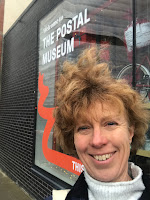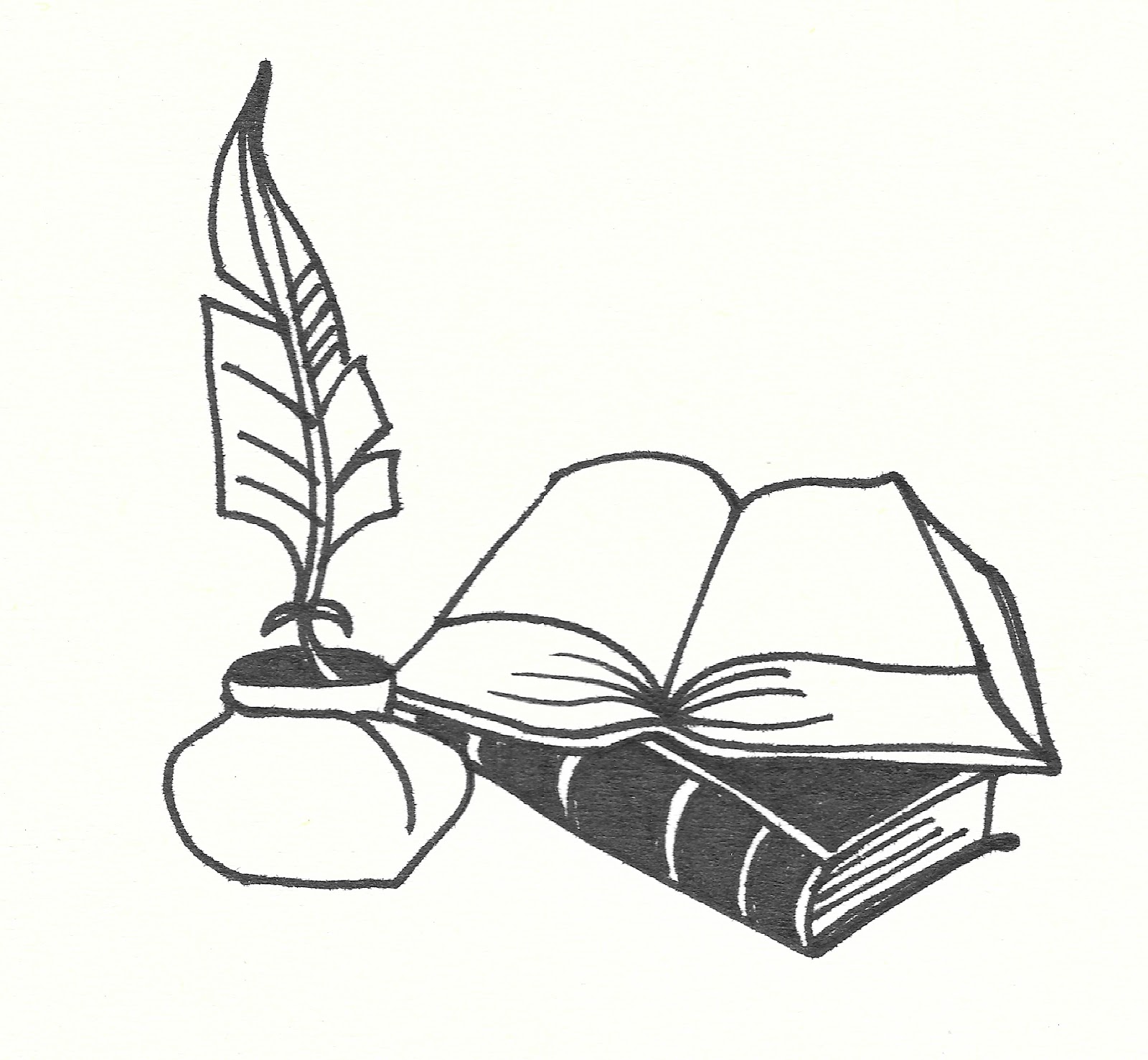Everyone knows about the Great Fire of London. When I go into Year 2 classes dressed as a bookseller from 1666, the children tend to know almost as much about it as I do, which says a lot about how well it is taught.
But when I wrote The White Phoenix, my novel for 9 to 12 year olds set in London 1666, I had to delve deeply into the history of the Great Fire of London and I found out lots of things that I hadn’t known before.
I thought you might like to know them too – so here are Six Things You Never Knew About the Great Fire of London!
1. It wasn’t the first Great Fire of London
If you’d talked to a Londoner in 1665 about the ‘Great Fire of London’, they would probably have assumed you were talking about the Great Fire of July 1212 – also called the Great Fire of Southwark. As its name suggests, this began in Southwark, just across the river from the City of London, at the south end of London Bridge. The fire destroyed most of Borough High Street and then began to spread across London Bridge, which at that time was covered with wooden houses and shops. To make matters worse, the wind blew embers across the river igniting the northern end of the bridge. Hundreds of people became trapped on the bridge – some fleeing the fire from the south, and some coming across from the north to help fight the fire. There are no reliable contemporary reports of the number who died, but a later historian suggested it could have been as many as 3,000. That seems very high, but whatever the truth, it is clear that many more people lost their lives in the fire of 1212 than in the fire of 1666.
There was another big fire in 1633 which destroyed premises on the northern third of London Bridge. You can see from this painting of the Great Fire of 1666 that there are no buildings on the north (left) side of the bridge. This is because these buildings had not been rebuilt after 1633, which proved to be a very good thing in 1666, because it created a firebreak on the bridge, preventing the Great Fire of London spreading to the opposite bank of the Thames.
2. England was at war!
In 1666, England was at war with two countries – the Netherlands and France. This was the Second Anglo-Dutch war, begun in early 1665, mainly due to rivalry over overseas trade. The stakes were raised in February 1666 when the French joined in on the side of the Dutch.
The war was fought mainly at sea, but all through the hot, dry summer of 1666 there was a very real fear of invasion. When the fire broke out, many people believed it was an act of war by the French or the Dutch, and that they'd deliberately set fire to the city. It meant that among all the chaos of people trying to save their houses and their possessions, mobs were going round attacking anyone thought to be French or Dutch. It was a terrifying time to be a foreigner on the streets of London.
3. The Mayor’s Nightmare...
Obviously, the big question about the Great Fire of London is how a city which was used to fires and had lots of procedures in place to deal with them allowed a fire to spread so far and so fast that it practically destroyed the whole city?
We’re taught lots of reasons for this – a hot summer, the wooden buildings all crammed together, a strong wind – but in fact there is one person who deserves to be better known, for all the wrong reasons: Sir Thomas Bludworth, the Lord Mayor of London.
The most important thing about controlling fires is to contain them straightaway. Sir Thomas Bludworth soon arrived at the scene of the fire, but he refused to let the firefighters pull down the houses on either side of Farriner’s bakery without the permission of the owners, and he didn’t know where the owners were because most houses were rented. So he just blustered and said the fire wasn’t as bad as all that, or words to that effect, and went home to bed. By the time he returned in the morning, the fire was out of control.
Both contemporaries and later historians consider Bludworth’s failure to contain the fire a crucial factor in its unprecedented spread.
4. Fire engine falls in the Thames!
Believe it or not, an early type of fire engine already existed at the time of the Great Fire, and there were several in London. Of course they were nothing like our modern fire engines, being basically pumps mounted on carriages. Sadly they were too large and too heavy to be of much help, and one of them even fell in the Thames!
5. A Frenchman was hanged for starting the Great Fire
A young French watchmaker called Robert Hubert confessed to starting the Fire by throwing a fireball through the window of Thomas Farriner’s bakeshop on the night of 1st/2nd September. It had already been established by the authorities that the fire had been started accidentally, and not maliciously, but Hubert insisted that he had done it and was brought to trial. When questioned, his story kept changing, he seemed to have no motive, and then it emerged that he hadn’t even been in London at the time. Nevertheless, he insisted that he had done it, and he was hanged for it.
Even at the time, this was seen as a bizarre miscarriage of justice, but for Londoners it did have a significant upside. When it came to the question of deciding who should pay for the rebuilding of London, the judges ruled that as the Frenchman Hubert had hung for it, the fire had legally been caused by an ‘enemy’, and therefore owners, not tenants, should pay for the rebuilding. Excellent news for ordinary folk!
6. The rebuilding
Despite many eminent people having lots of great ideas about new designs for rebuilding the City after the Fire, it was pretty much built on the same lines as pre-Fire London with the addition of one or two new streets. In fact, the layouts of the streets and buildings in the City of London didn’t change much until after the Blitz in 1940 during World War II.
WRITING CHALLENGE
After the Great Fire of London, there were appeals to towns and villages throughout the whole country to raise money to help the homeless citizens of London.
Imagine you are responsible for telling people in another town what has happened in London and why the city needs help. Can you describe what has happened and persuade people to give money? Your letter can be quite short, but you need to get some crucial information in there so that people realise just how much of a calamity it is, and how much of the City has been destroyed.
Catherine Randall is the author of The White Phoenix , an historical novel for 9-12 year olds set in London, 1666. It was shortlisted for the Historical Association’s Young Quills Award 2021. Catherine is currently working on a children's novel set in Victorian London.
The White Phoenix is published by the Book Guild and available from bookshops and online retailers
For more information, go to Catherine’s website: www.catherinerandall.com.





















